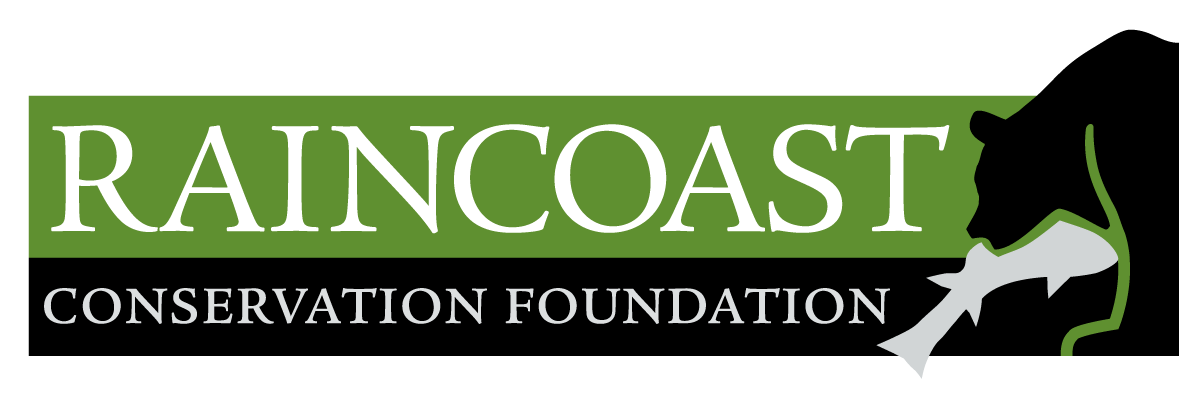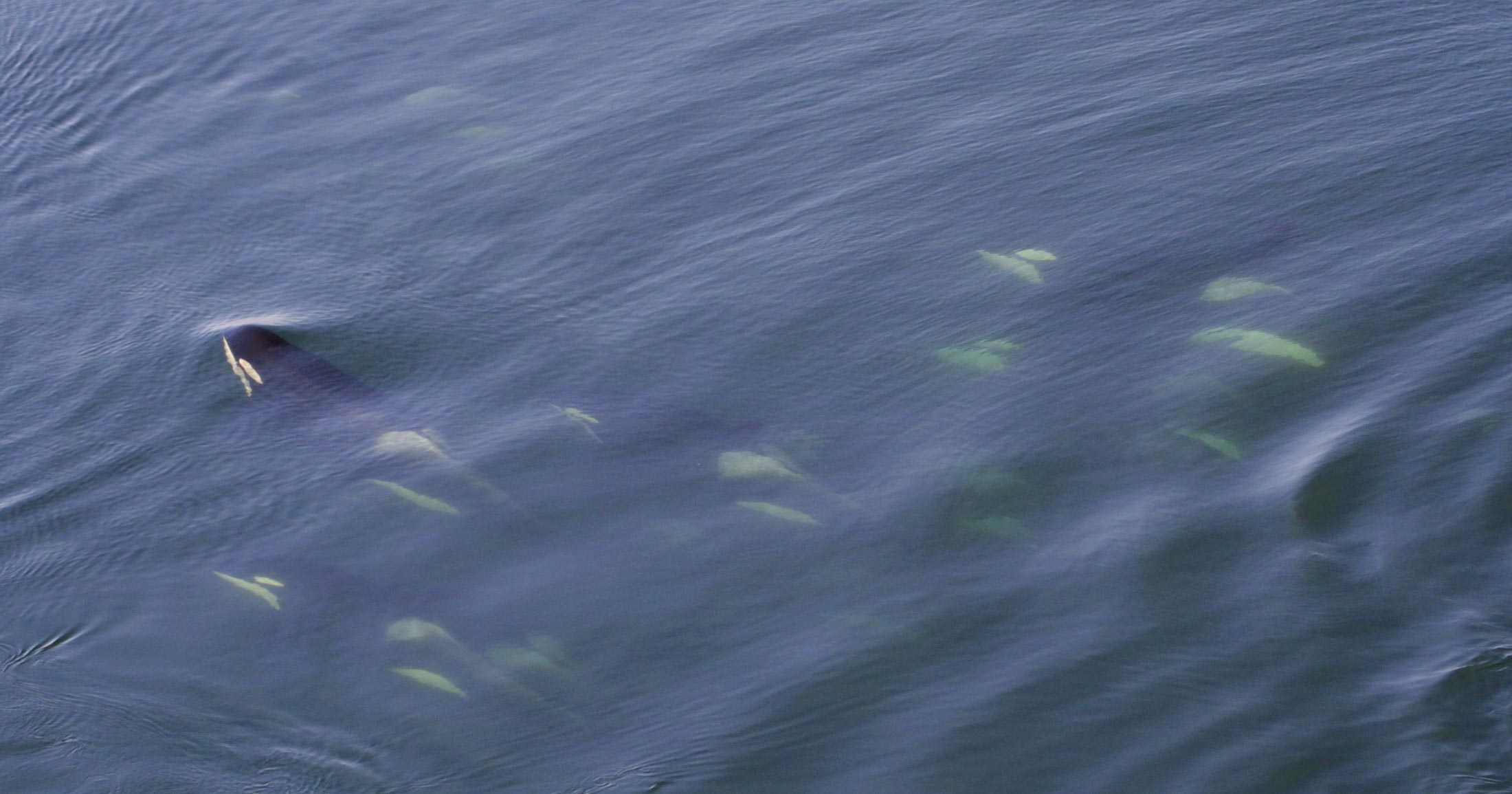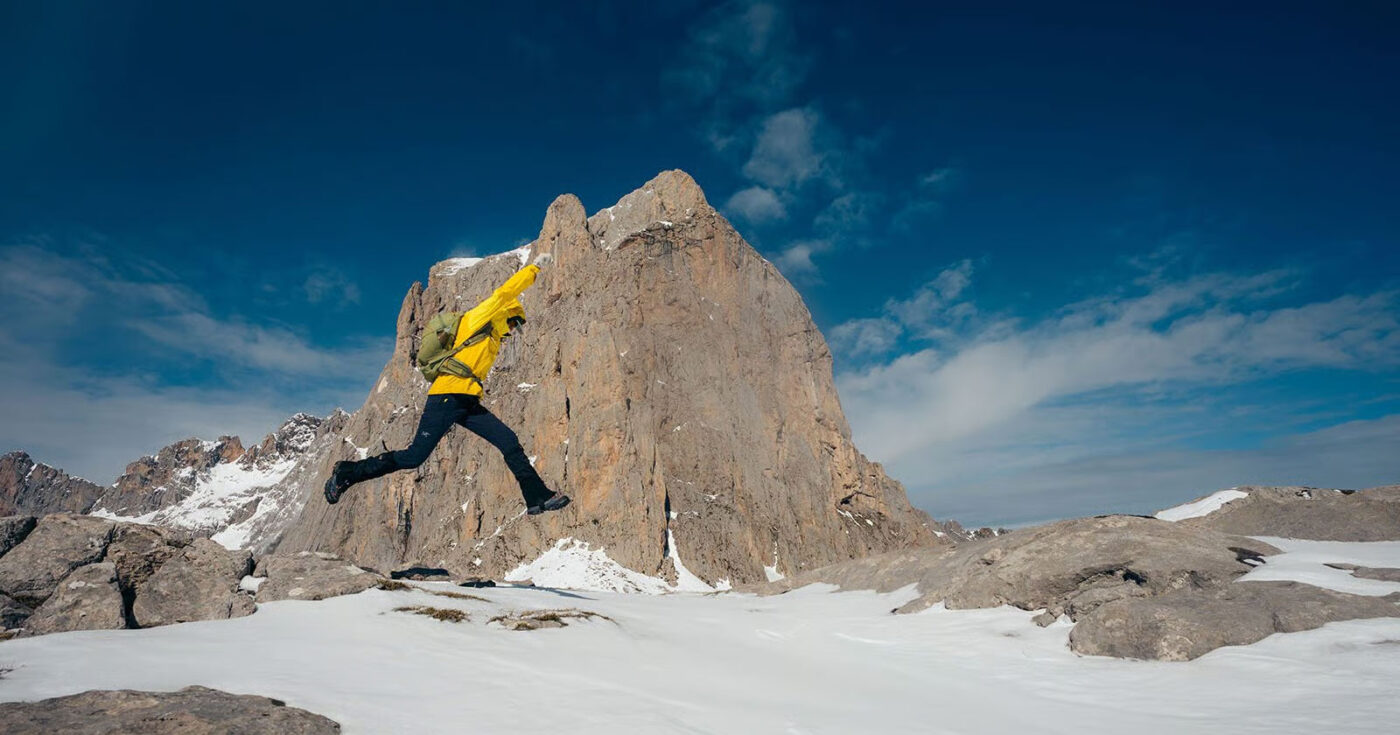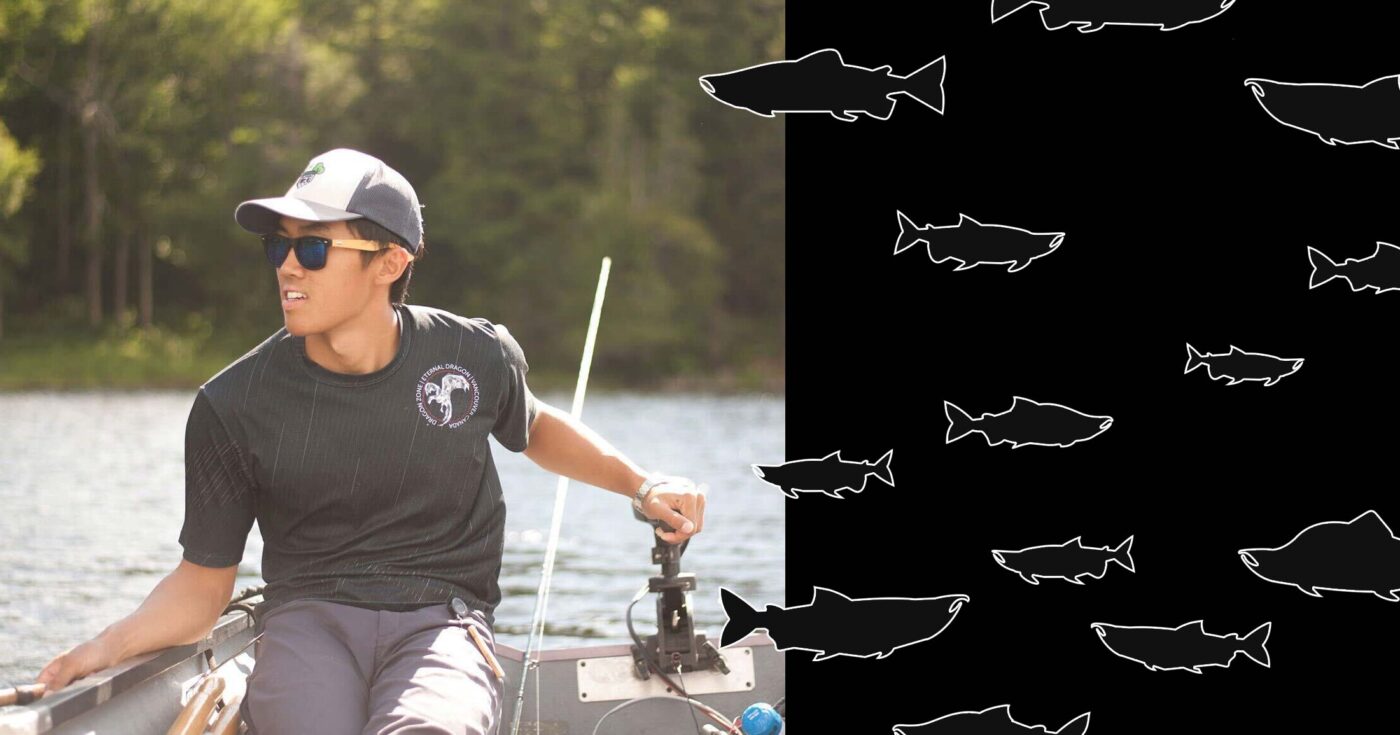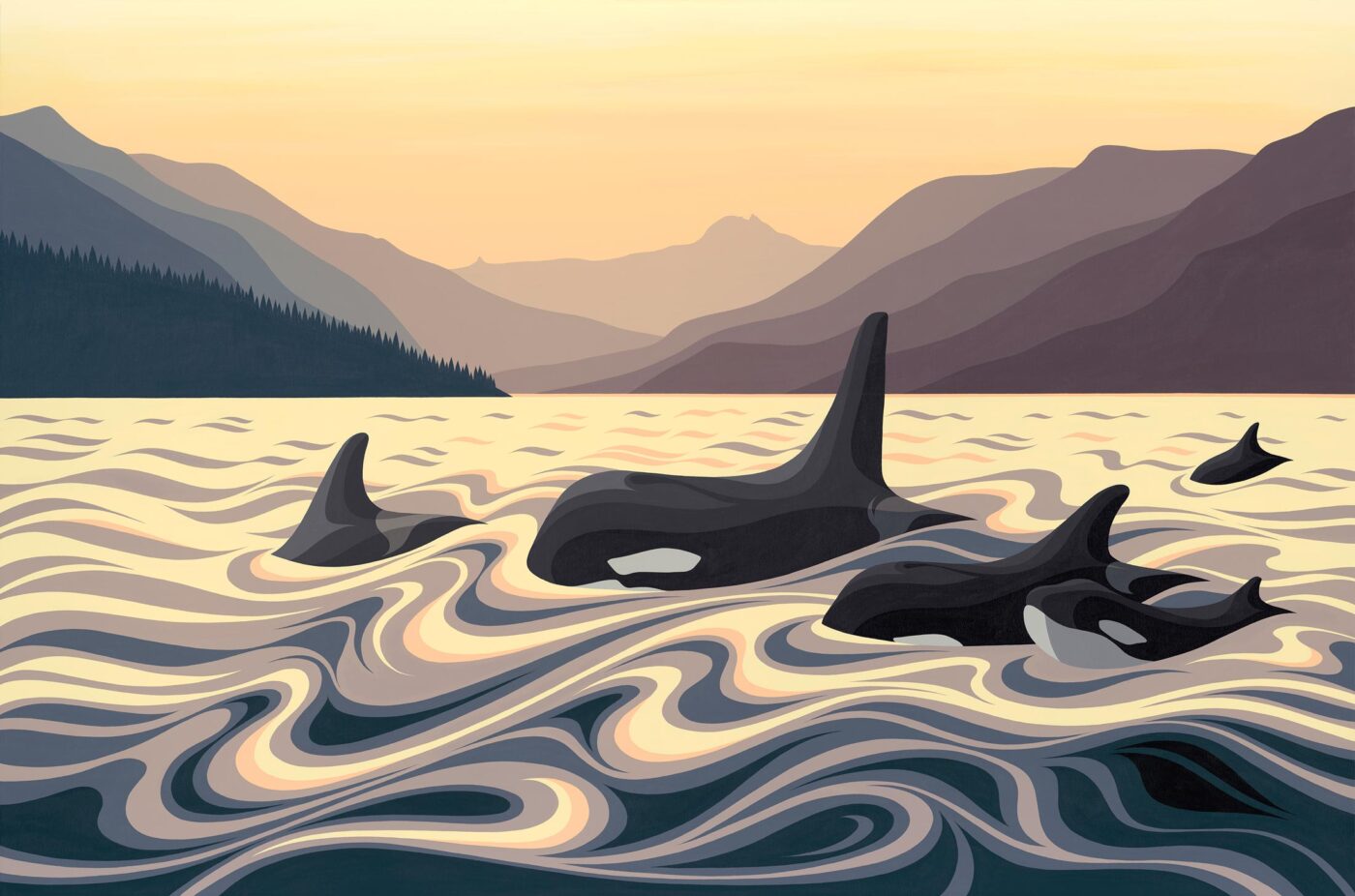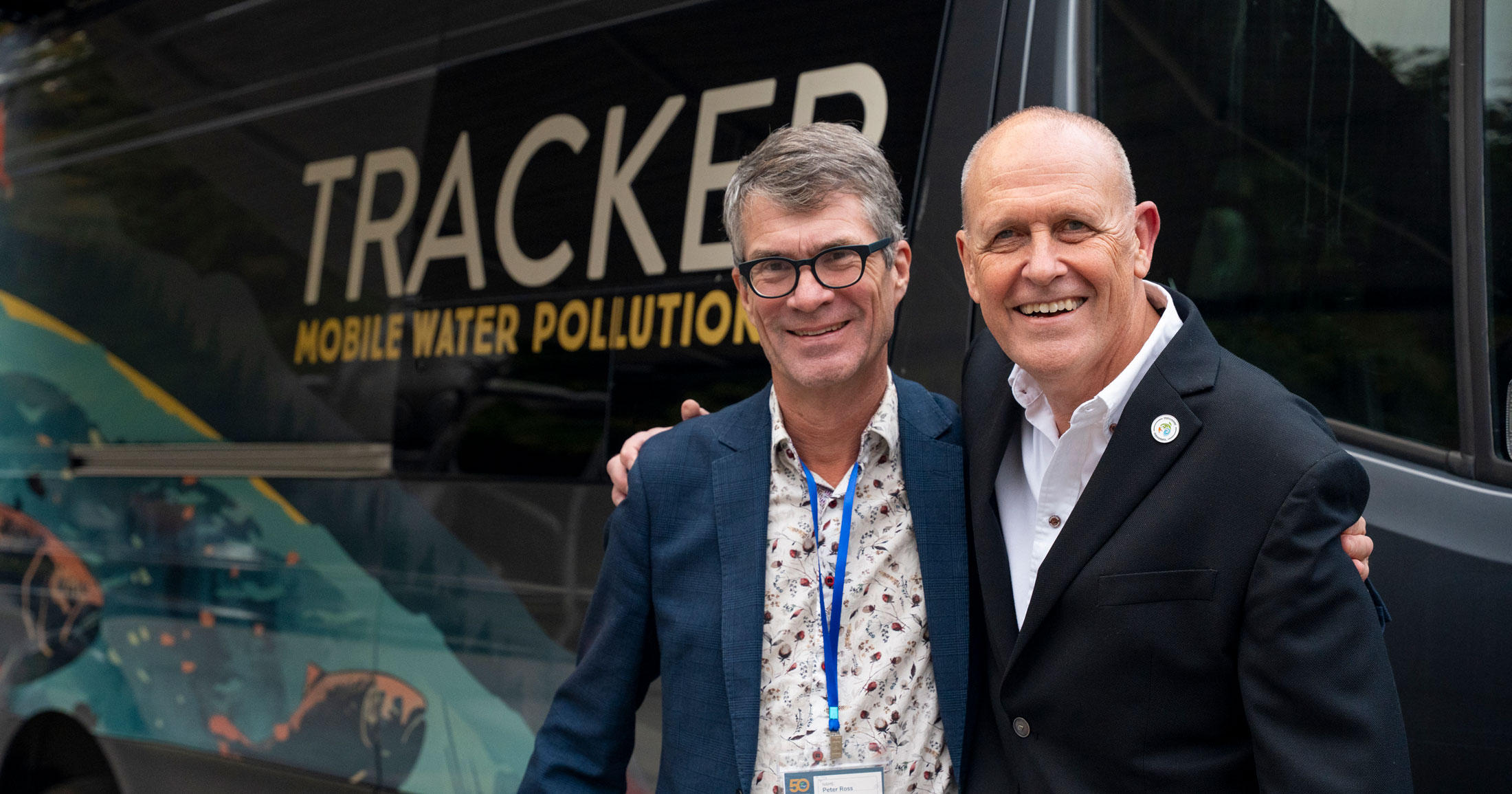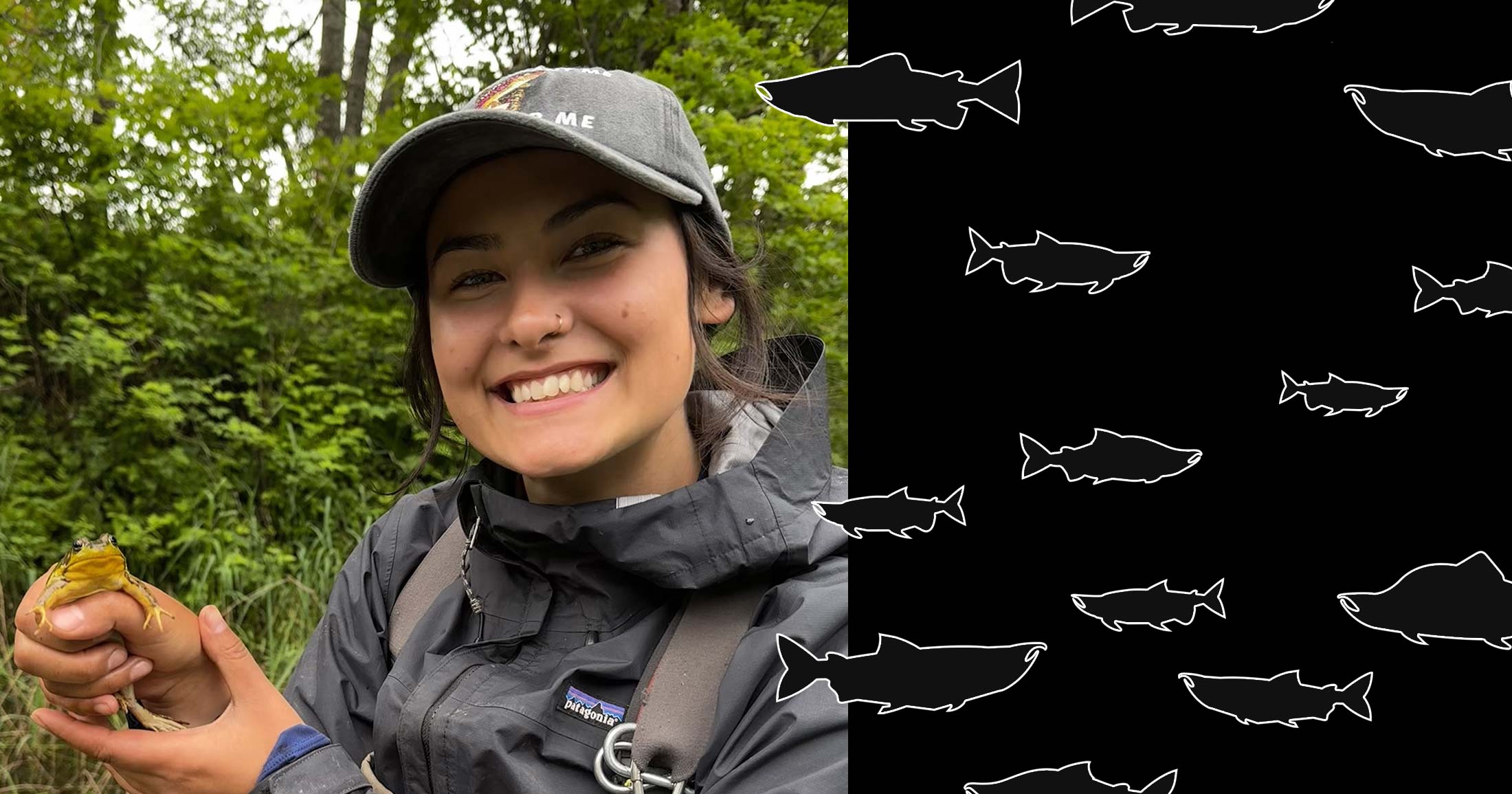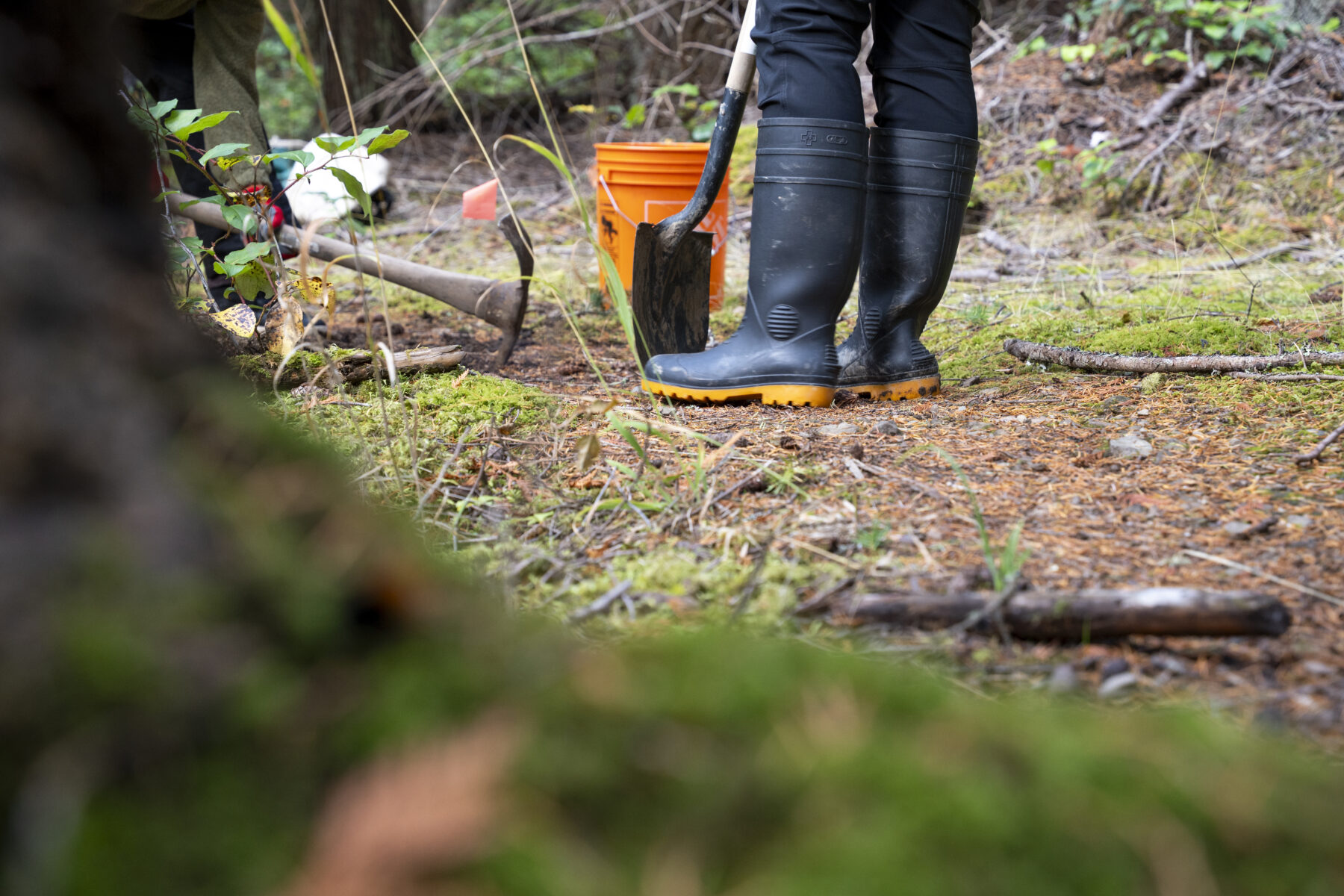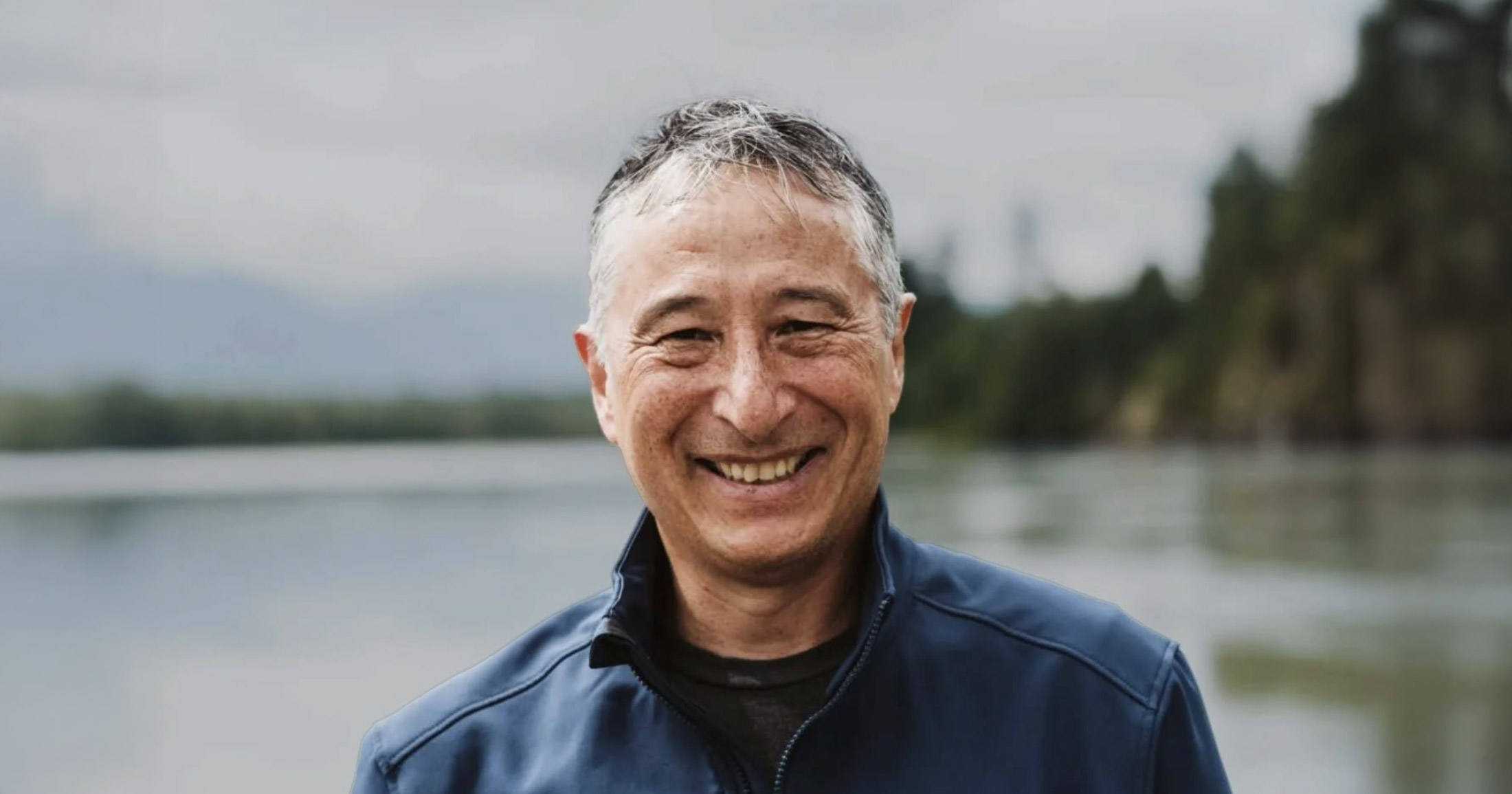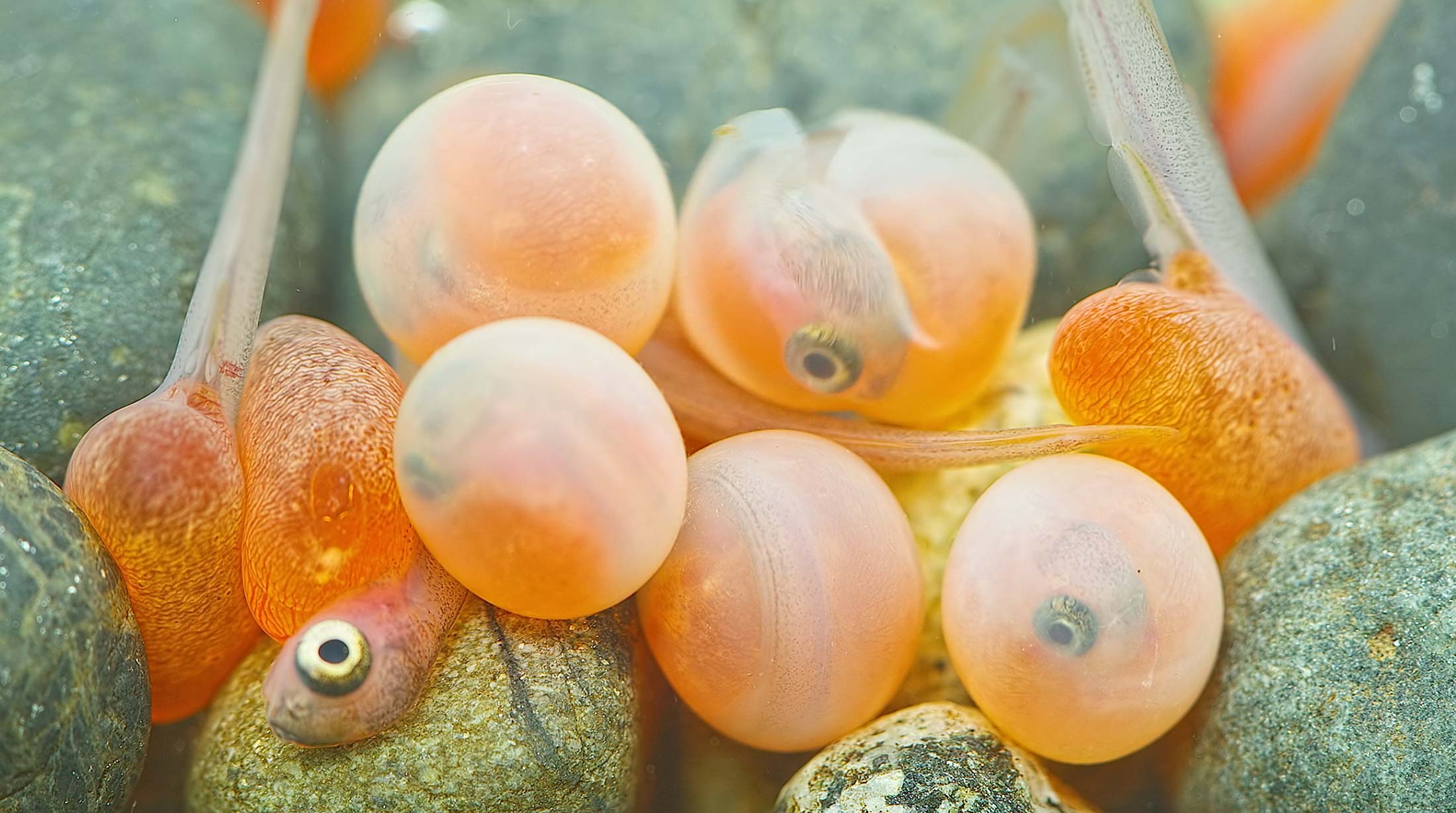A window for survival: Act now to protect Chinook and save Southern Residents
A ‘’whale safe” window can help this endangered population.
Southern Resident killer whales are struggling to survive under current conditions of noise, pollution, and prey in the Salish Sea. Chinook salmon are especially important to the survival of these killer whales — particularly the large, fat-rich salmon that once returned to rivers like the Fraser in the spring and summer.
Fraser River spring Chinook salmon, the backbone of the whales’ diet, have declined to a fraction of their former abundance, leaving killer whales expending more energy to find scarce prey amid noisy and crowded marine waters.
The federal government has acknowledged that without stronger action to rebuild wild Chinook and ensure the whales’ access to them, extinction remains a real and imminent risk. One of the solutions being considered is the creation of a “whale-safe window” — a time through the spring and summer when marine Chinook fisheries would close to give endangered killer whales priority access to their prey and allow endangered Chinook salmon to reach their spawning rivers.
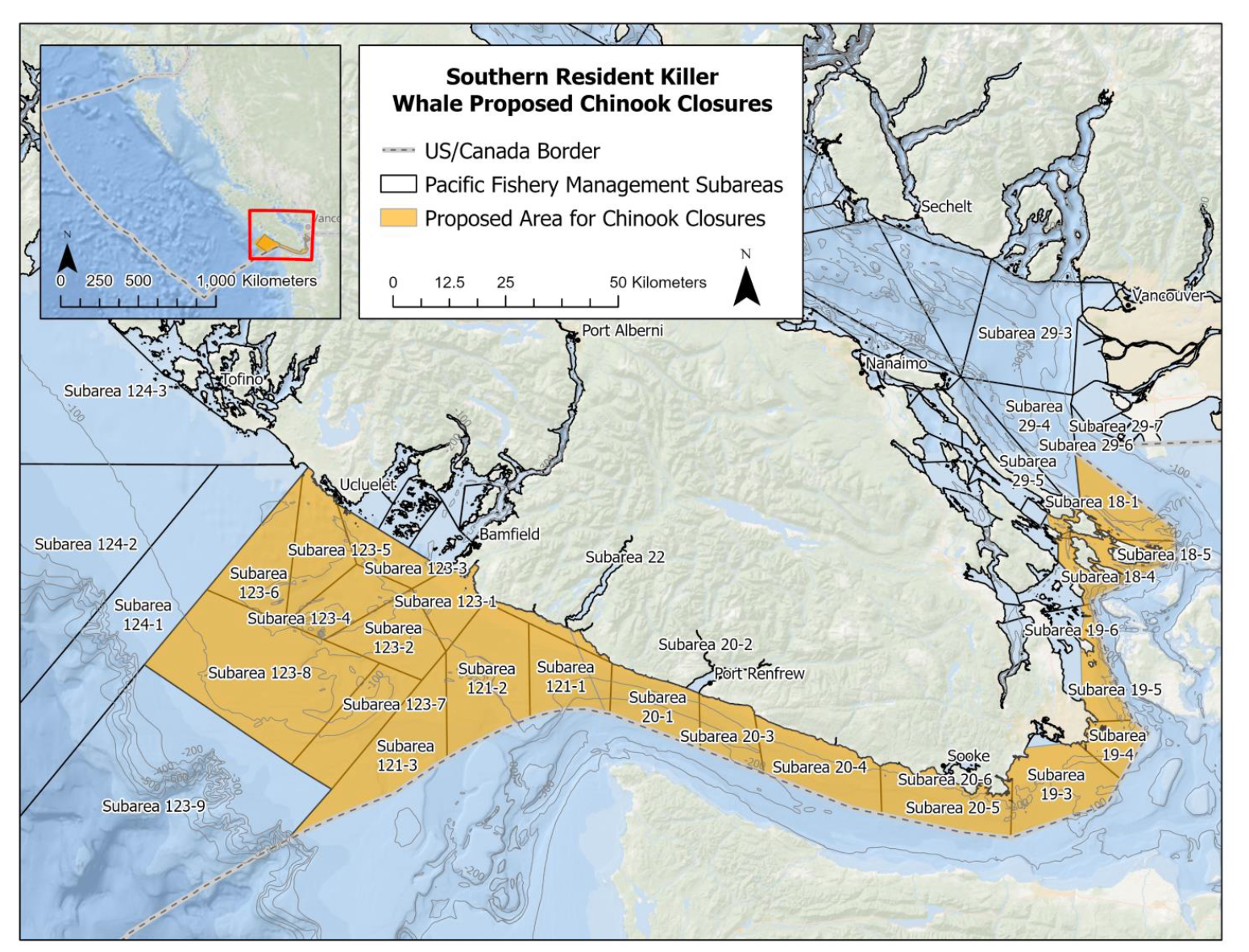
But government agencies won’t act on this unless they hear from you.
You can help. Send a letter to Fisheries and Oceans Canada by October 31 urging them to establish a whale-safe window for both endangered Chinook and endangered killer whales.
Taking actions like this would also open opportunities for sustainable freshwater fisheries — giving First Nations and local anglers access to salmon once populations recover. Transitioning marine Chinook fisheries to river-based locations would have other benefits too. Freshwater harvest can target abundant salmon runs and avoid the chronic over-harvest of weak or endangered populations that occurs in mixed-stock marine fisheries. They can reduce the growing mortality from catch-and-release practices in the ocean, and they encourage the recovery of bigger, older Chinook by leaving immature Chinook to feed and grow on their rearing grounds in and around the Salish Sea.
A whale-safe window would give both whales and salmon a fighting chance — and help rebuild the abundance that freshwater fishing communities, ecosystems, and future generations depend on.
We have created a template letter for you to use.
Template letter for action alert
To: DFO.SRKW-ERS.MPO@dfo-mpo.gc.ca (Southern Resident killer whale desk at Fisheries and Oceans Canada)
cc: annette.gibbons@dfo-mpo.gc.ca (Deputy Minister Annettee Gibbons, Fisheries and Oceans), DFO.Minister-Ministre.MPO@dfo-mpo.gc.ca (Minister Joanne Thompson, Fisheries and Ocean)
Dear Government Decision Makers,
Southern Resident killer whales are struggling to survive, with only 74 individuals remaining. Their primary prey, Chinook salmon, has declined in size, year round availability and abundance, over recent decades. This is particularly true for the large, fat-rich fish that return to the Fraser River in the spring and summer. These salmon populations are the backbone of the killer whales’ diet at this time of year, yet most are threatened or endangered.
So far, government actions to rebuild these Chinook runs haven’t worked. Meanwhile, recreational salmon fisheries continue in the areas and seasons that are most important for whales and returning salmon. These fisheries add more noise, more boats, and more competition for the few remaining fish — exactly when whales most need quiet waters and food.
I am writing to urge Fisheries and Oceans Canada (DFO) to create a “whale-safe window” — a seasonal pause on all salmon fishing from March 1 to August 15 in critical whale habitat (see map). This simple measure would give endangered Chinook a chance to reach their spawning rivers and provide whales with the food they need to recover.
This call echoes the recommendations of the Independent Science Panel on Southern Resident Killer Whale Recovery, which stressed the importance of access to Chinook during this period. By creating a whale-safe window, DFO can take a decisive, science-based step toward saving both the whales and the salmon they depend on.
Creating a whale-safe window also opens the door for sustainable freshwater (terminal) fisheries. Once salmon populations recover, First Nations, commercial fishers and anglers could have renewed access to Chinook from within rivers. Freshwater fisheries have other benefits too: In these terminal areas, harvest can target abundant salmon runs and avoid the over-fishing of weak or endangered populations that occurs in mixed-stock marine fisheries. Freshwater fisheries also reduce bycatch mortality on both endangered and juvenile Chinook from catch-and-release practices, and they would promote the recovery of older, larger Chinook by allowing immature fish to feed and grow in local waters, in and around the Salish Sea.
Sincerely,
{Your name here}
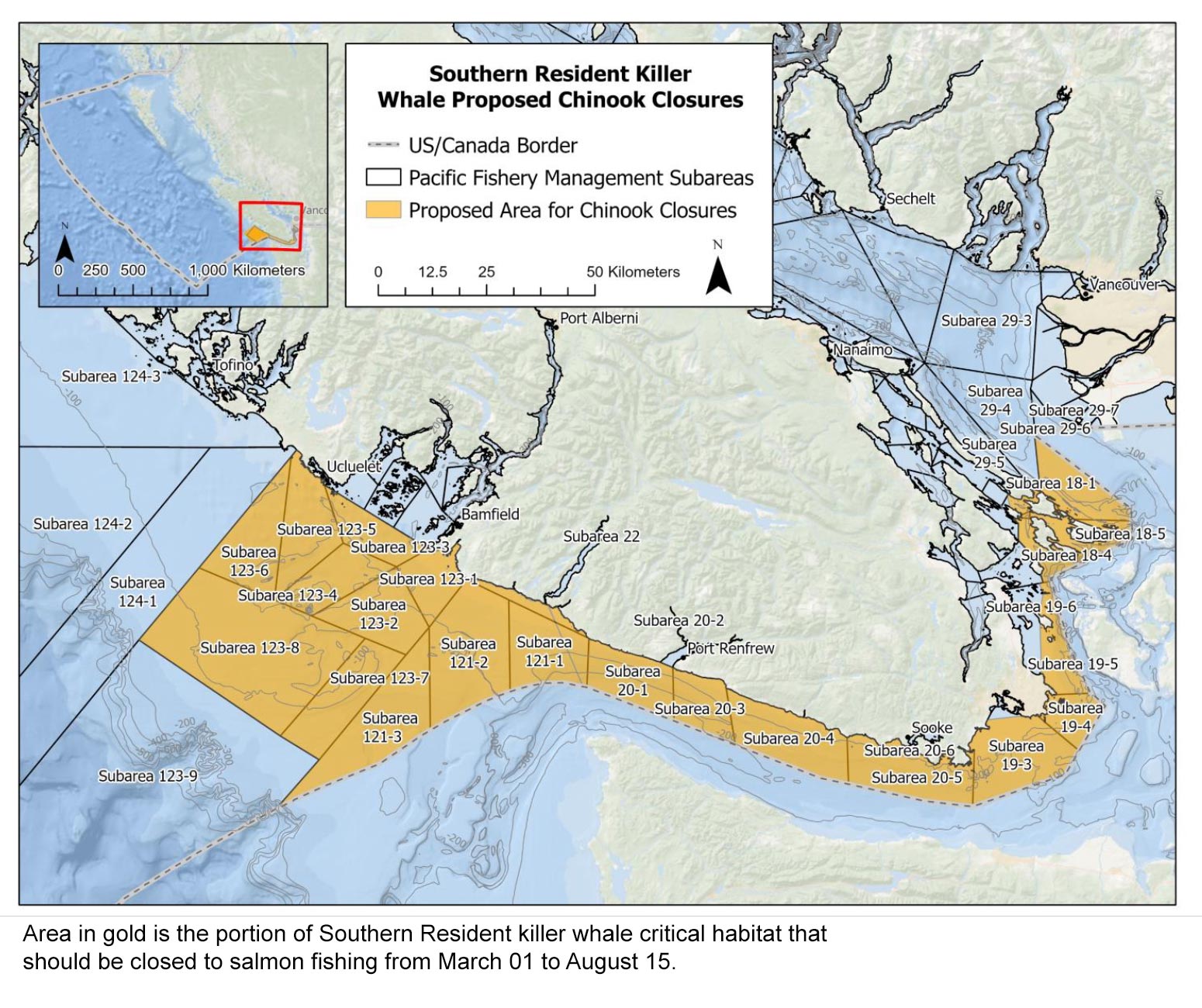
You can help
Raincoast’s in-house scientists, collaborating graduate students, postdoctoral fellows, and professors make us unique among conservation groups. We work with First Nations, academic institutions, government, and other NGOs to build support and inform decisions that protect aquatic and terrestrial ecosystems, and the wildlife that depend on them. We conduct ethically applied, process-oriented, and hypothesis-driven research that has immediate and relevant utility for conservation deliberations and the collective body of scientific knowledge.
We investigate to understand coastal species and processes. We inform by bringing science to decision-makers and communities. We inspire action to protect wildlife and wildlife habitats.

